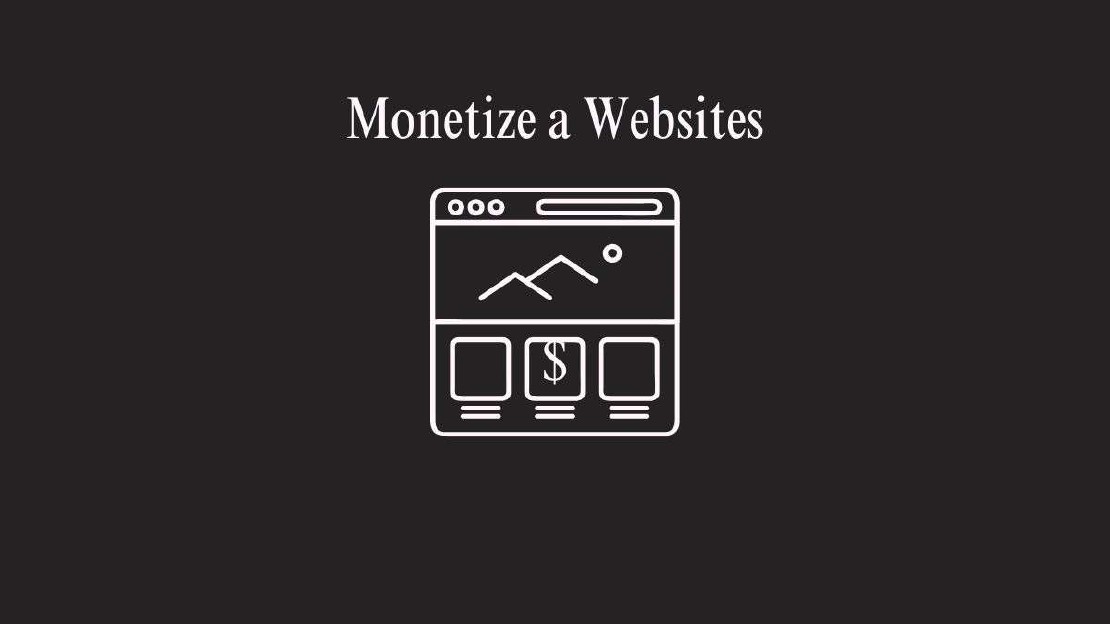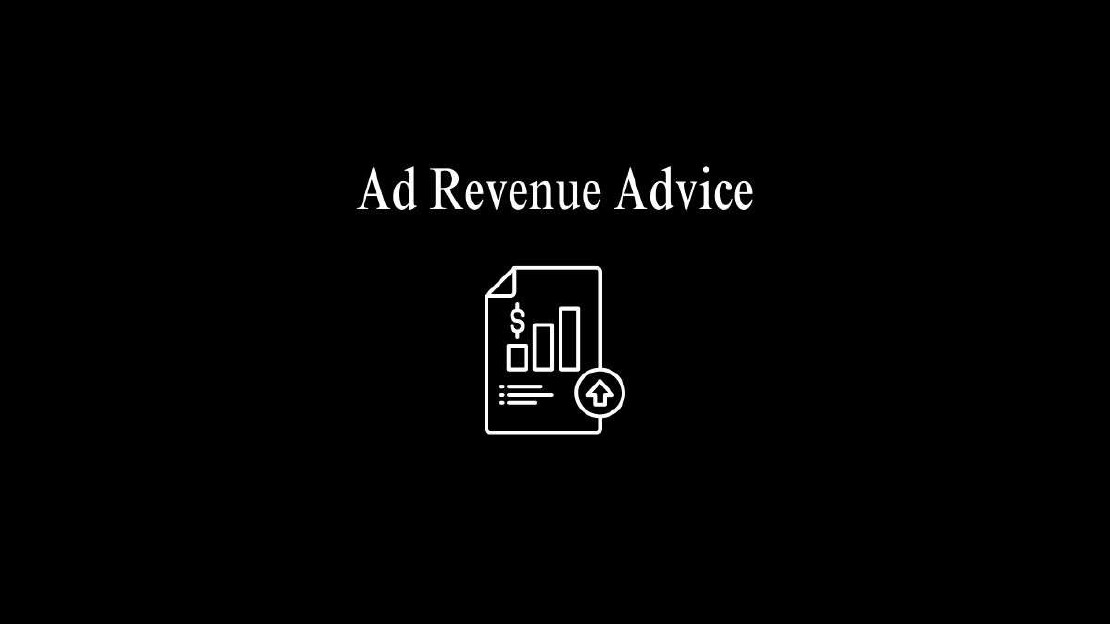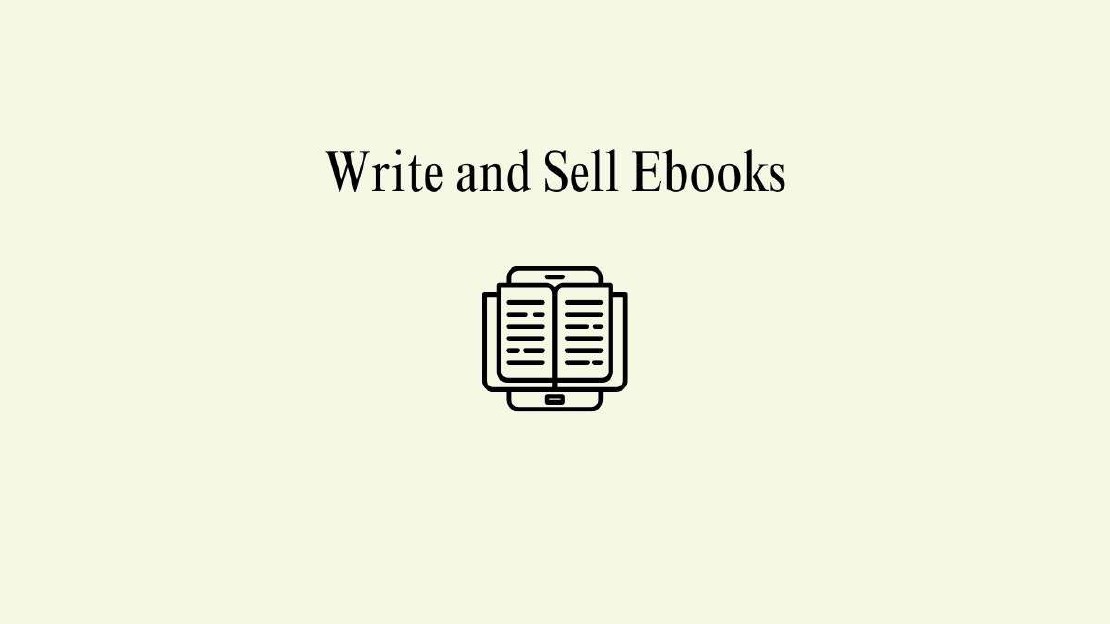Write and Sell Ebooks
Writing an ebook can be a rewarding experience, whether you’re looking to share your knowledge, tell a story, or build your brand. But where do you start? Join us as we explore actionable tips and strategies to write an ebook.
How to Write an Ebook
Writing and publishing ebooks is a lucrative passive income opportunity. Imagine sharing your unique expertise, experiences, or imaginative stories with a global audience, all while generating a steady stream of passive income. Sounds enticing, right? If you’ve ever wondered how to transform your knowledge into a digital product that sells, you’re in the right place. This blog post will guide you through the entire process of creating an ebook, from brainstorming ideas to marketing your masterpiece.
Before you start typing away, it’s crucial to understand why you want to write an ebook. Are you aiming to establish yourself as an authority in your field? Do you have a story burning inside you that you need to share with the world? Your motivation will guide your writing process and help keep you focused.
When I wrote my first ebook, my primary goal was to provide value to my readers. I had accumulated a wealth of knowledge about digital marketing and wanted to share it in a structured, accessible format. Understanding this helped me stay motivated through the long nights of writing and editing.
Piece Your Ideas Together
Think of your ebook as a puzzle waiting to be solved. Start by gathering all the pieces—your ideas, research, and experiences. Then, piece them together carefully, ensuring each chapter flows seamlessly into the next. Finally, step back and admire the complete picture you’ve created—a valuable resource ready to be shared with the world. Want to discover ideas to earn money online? Read our complete guide online income.
Select a Topic You Understand
Selecting the right topic is vital. Your ebook should address a specific need or interest of your target audience. If you’re struggling to pin down a topic, consider what questions people often ask you or what problems you can solve for them.
For instance, if you’re a fitness coach, you might write about home workout routines or nutrition tips. I chose digital marketing because it was my expertise, and I knew there was a demand for practical, actionable advice in this area.
Knowing your audience is as important as knowing your topic. Research their preferences, pain points, and what they’re looking for in an ebook. This understanding will shape your content, tone, and style.
When I wrote my book, I spent a significant amount of time in online forums and social media groups, engaging with potential readers to understand their challenges and interests. This research paid off as it helped me tailor my content to meet their needs.
Create an Outline
An outline serves as the roadmap for your content. It helps you organize your thoughts and ensures a logical flow of information. Start with a broad structure and then break it down into chapters and subchapters.
Having this structure in place made the writing process much smoother for me. I knew exactly what I needed to cover in each section, which kept me from veering off track.
Writing an digital book can be a daunting task, especially if you have other commitments. Set a realistic writing schedule and stick to it. Dedicate specific times each day or week to writing, and make sure to hold yourself accountable. I found that writing early in the morning worked best for me. My mind was fresh, and there were fewer distractions. I set a goal of writing 1,000 words each morning before starting my day.
Tips For Writing Digital Content
Your writing voice is what makes your content unique. It’s the way you express your thoughts and connect with your readers. Be authentic and let your personality shine through your writing.
Use tools to help you stay organized. Programs like Scrivener, Google Docs, or even a simple Word document can keep your chapters and sections neatly arranged. Consider using project management tools like Trello or Asana to track your progress and stay on top of deadlines. Using tools like Scrivener for your ebook can be a game-changer. Its corkboard feature allows you to see your entire outline at a glance and easily rearrange sections as needed.
Throughout your writing journey, there will be days when the words just won’t come. On those days, take a walk or work on a different part of the book. Find activities that can help you move forward when you feel stuck.
Edit and Format Your Content
- Self-Editing Tips: Once you’ve completed your first draft, it’s time to edit. Start by reading through your content to catch any glaring errors or awkward phrasing. Then, go through it more meticulously, checking for grammar, punctuation, and consistency. I found that reading my work aloud helped me catch mistakes I might have otherwise missed. Hearing the words made awkward sentences stand out.
- Hiring an Editor: If your budget allows, consider hiring a professional editor. They can provide valuable feedback and catch errors you might overlook. An editor can also help ensure your ebook flows well and maintains a consistent tone. For my digital book, hiring an editor was one of the best investments I made. Their feedback helped me refine my content and polish my writing. I used Fiverr and Freelancer to hire content editors.
- Formatting Your ebook: Proper formatting is crucial for a professional-looking ebook. Ensure your chapters are clearly defined, use headings and subheadings to break up text, and include images or graphics if they add value. There are tools like Vellum or Sigil that can help you format your ebook for different platforms.
Publish Your Material
Decide where you want to publish your digital book. Popular options include Amazon Kindle Direct Publishing KDP, Apple Books, and Google Play Books. Each platform has its own set of guidelines and benefits, so choose the one that best fits your goals. I chose Amazon KDP for its extensive reach and ease of use. The platform’s robust marketing tools and vast audience made it an ideal choice for my first online book.
Pricing your online book can be tricky. Research similar digital books in your genre to see what they’re selling for and consider your target audience’s willingness to pay. You can also experiment with different price points to see what works best. I started with a lower price to attract initial readers and gather reviews. Once I had a few positive reviews, I gradually increased the price.
Market Your Book
So, you’ve poured your heart and soul into writing your digital book, but now what? It’s time to get it into the hands of eager readers. Marketing your electronic book effectively is the key to success in the competitive world of self-publishing. From creating eye-catching cover designs to engaging with your audience through social media, there are countless ways to promote your work and maximize its impact.
Final Thoughts
Writing an online book is a journey that requires dedication, planning, and persistence. By understanding your audience, staying organized, and leveraging the right tools and strategies, you can turn your idea into a successful electronic book.
Remember, every author’s journey is unique. Don’t be afraid to make mistakes and learn from them. With each ebook you write, you’ll gain more experience and improve your craft.
Recent Posts

- Monetizing
10 Steps to Monetize a Website
Website monetization is a crucial step for anyone looking to turn their online presence into a source of income. For many content creators, it often begins as a …

- Monetizing
Powerful Ad Revenue Strategies
Increasing revenue is a crucial component for many businesses, especially those operating online. With the right monetization strategy, it is possible to …

- Monetizing
How to Sell Digital Products Online
Selling downloadable products has become one of the most lucrative online business models. E-learning, a lucrative online business model, has gained popularity …
